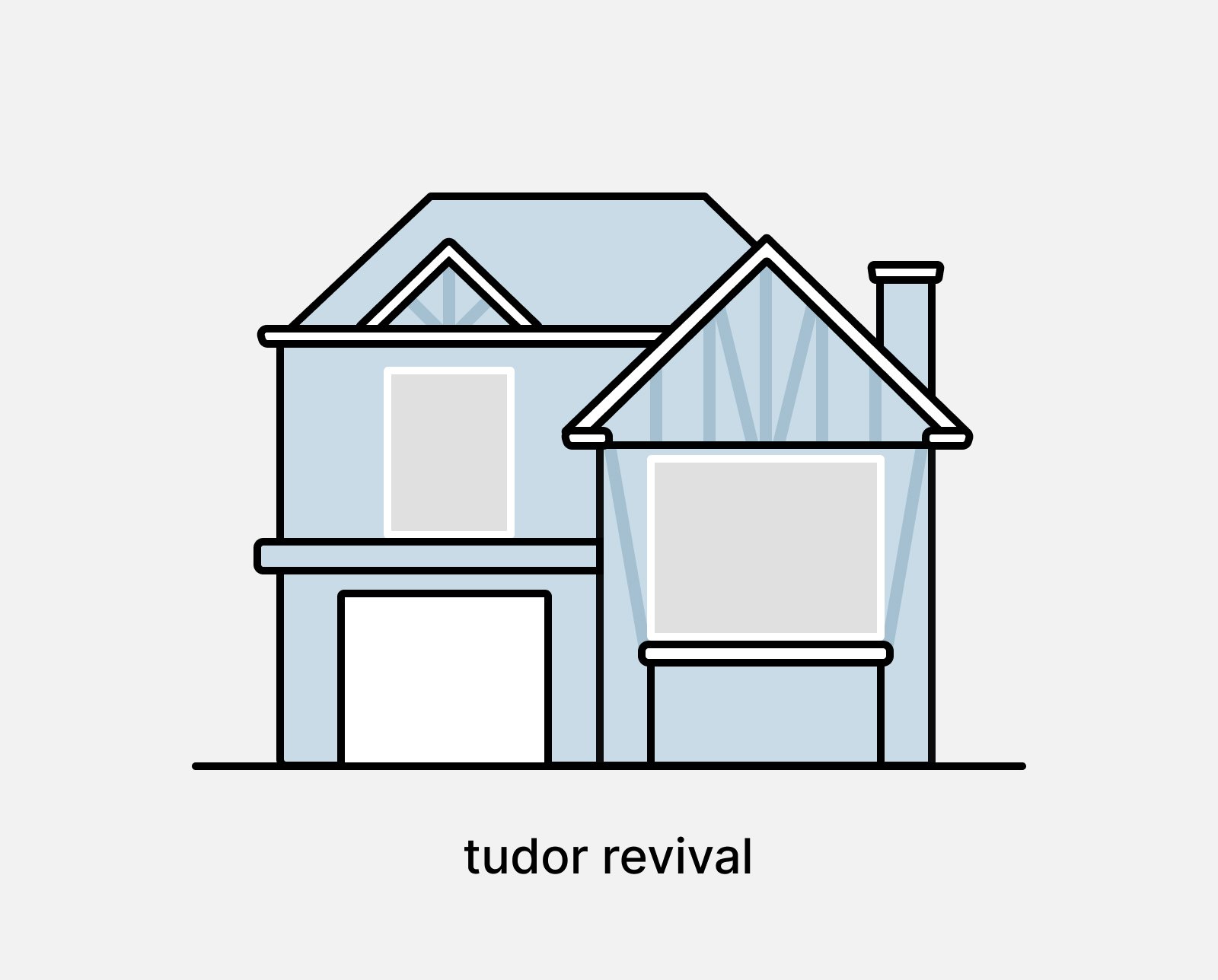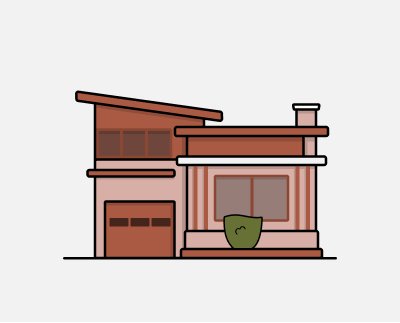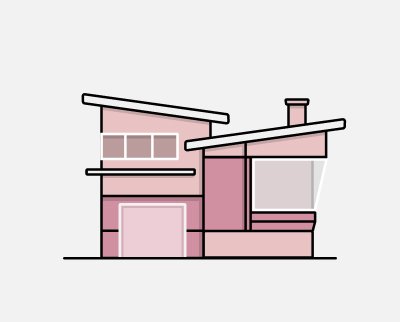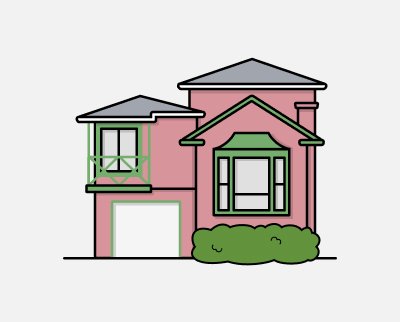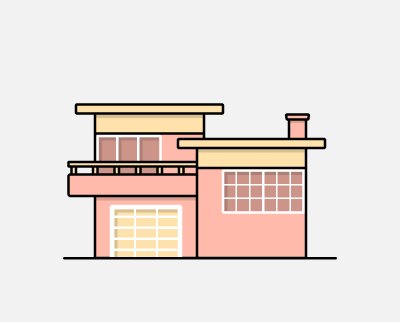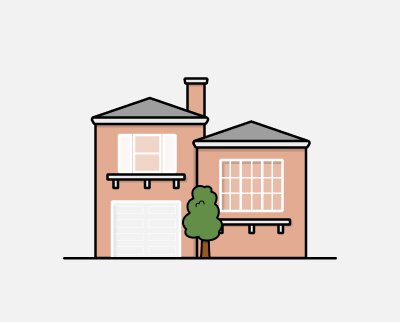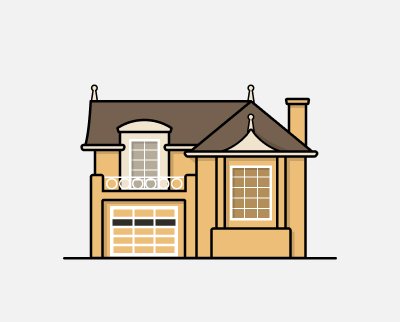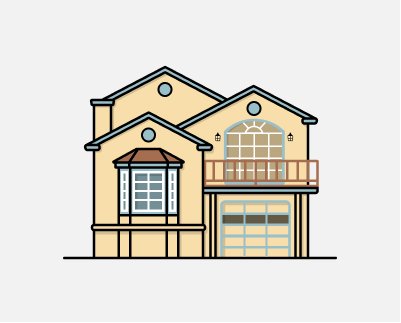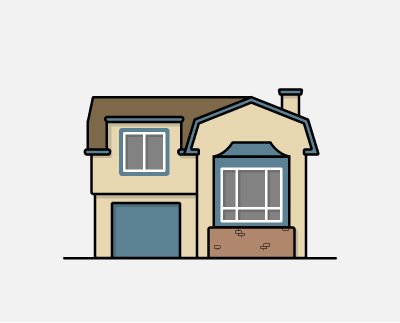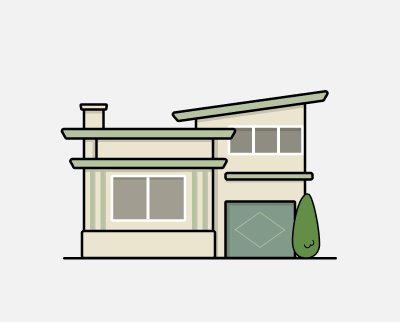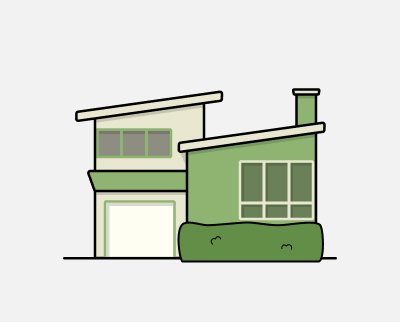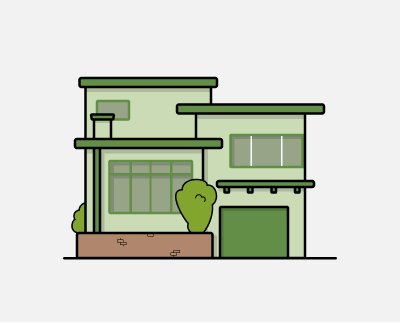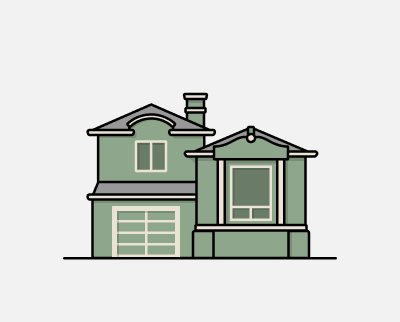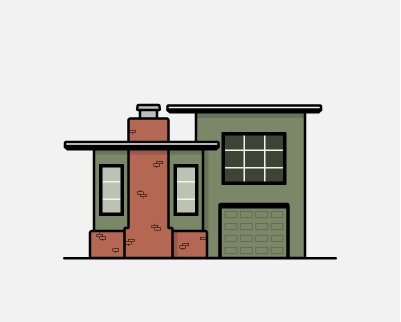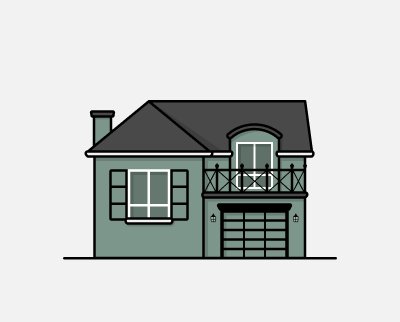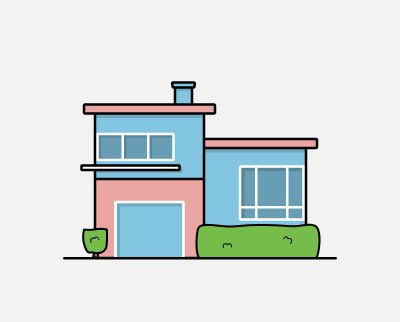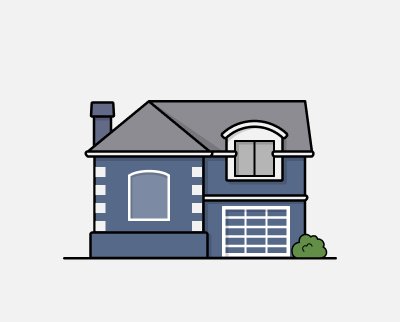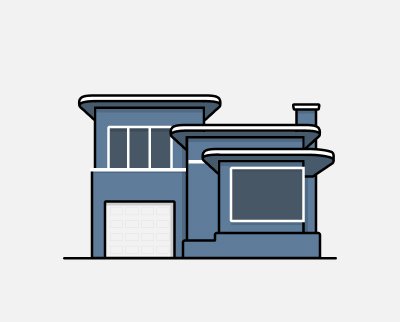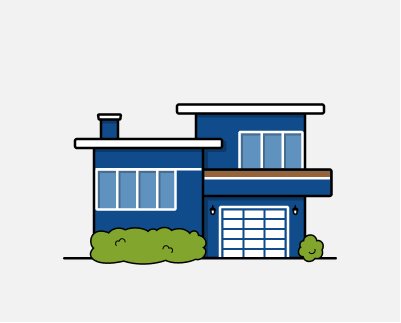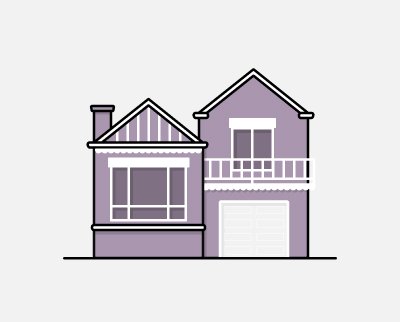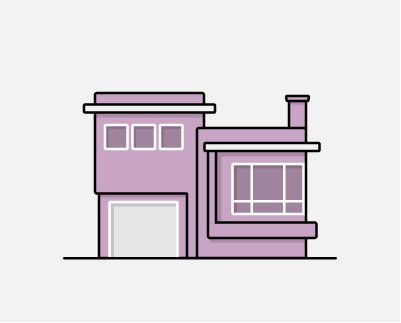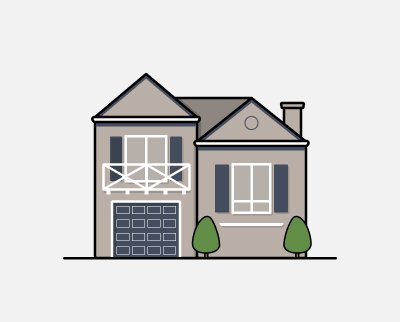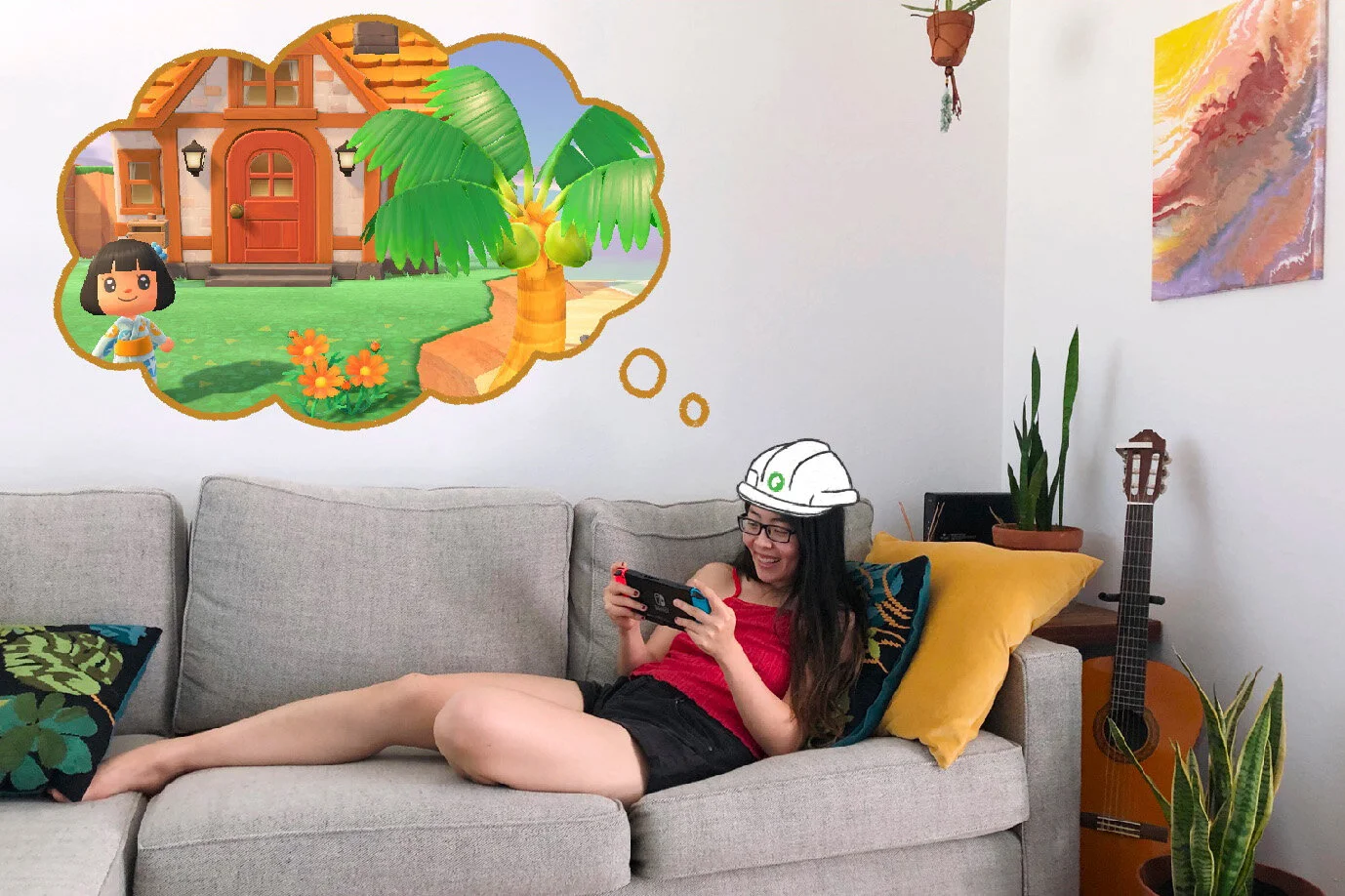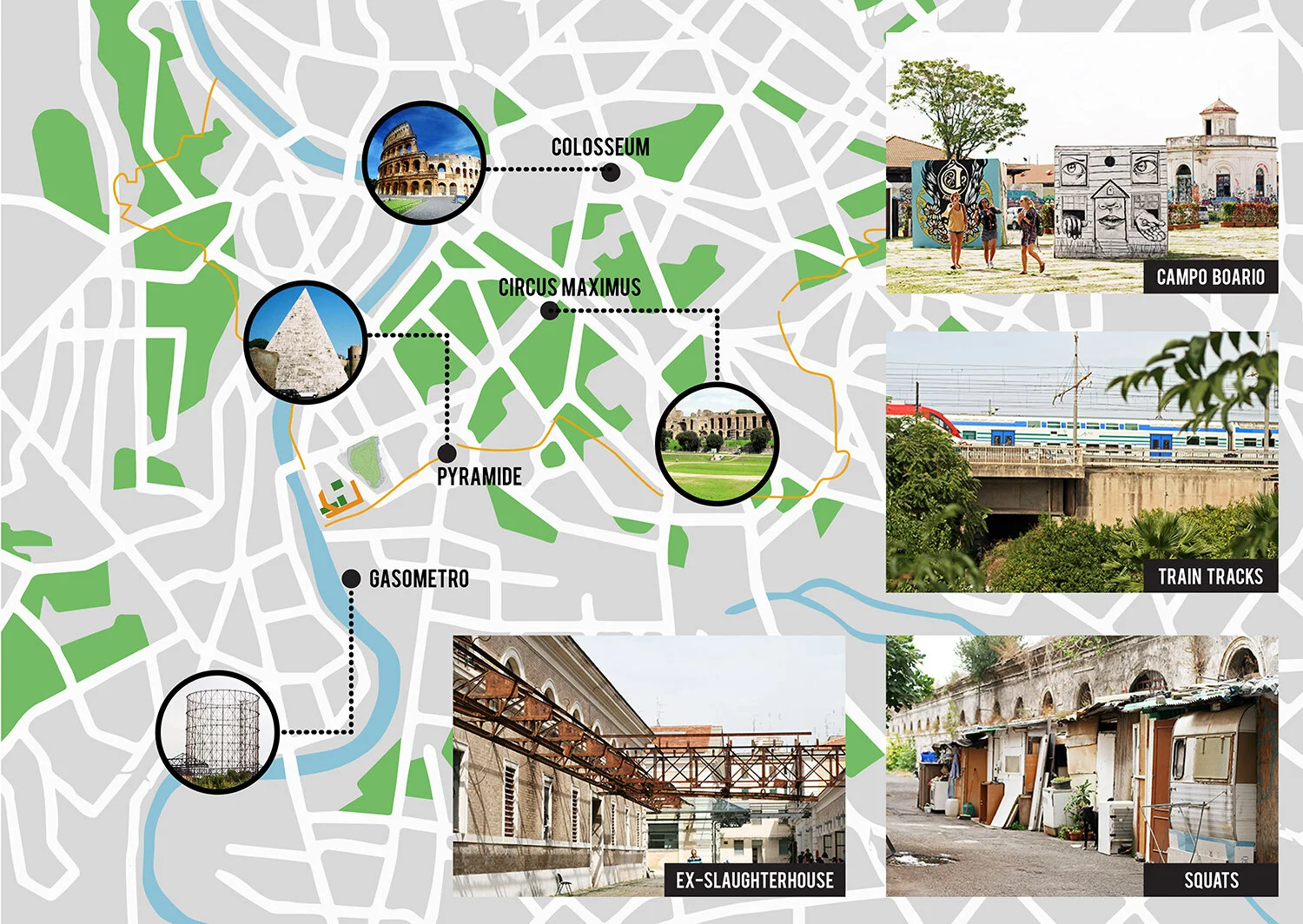Westlake Homes: A Study of Modular Design
The Westlake District, Daly City, California.
If you Google “mid century modern homes,” Westlake shows up as one of the top search results. One of America's first master-planned postwar suburbs, this portion of Daly City was planned, designed, and developed by Henry Doelger in the 1950s for whites only. After decades of city development and social and political reform, these homes as well as the city itself are now inhabited by a much more diverse group of people. However these houses have been essentially unchanged from day one, a testament to the design and craft of mid-century architecture.
When I moved to Daly City last year, I was immediately drawn to the uniqueness of this neighborhood. I hopped over to the local library and read every book and online article I could find about the development of Westlake. Always fascinated by city planning and history, I was captivated by Henry Doelger’s life and work and his philosophy to housing and construction. Houses don’t have to be expensive or completely unique to be good. These houses were well-built, functional, constructed out of quality materials, and have stood the test of time. They gave thousands of San Franciscans the opportunity to own their own homes on the outskirts of the city.
These modular houses all sit on lots of the same size and follow the same simple floor plan, but with variations on the elevation (designed by Ed Hageman) that make them distinct from one another yet uniform within the street layout. They reminded me of NFT collections, where a few variables could generate thousands of unique combinations of hairstyles, faces, accessories to create a bored ape or crypto punk. I wanted to break down the essence of these homes, study modularity, and reassemble them into configurations that resemble my street today.
As I studied each house, I discovered a handful of distinct styles that nod to different styles of architecture from that period in time:
An 1930s architectural style that emphasized bold curving forms and nautical themes. This is a house you’ll have to look at from an angle to see its curved edges and roofs.
A futuristic space-age style that uses eye-catching shapes, especially the butterfly roof. These cantilevered rooflines appear weightless above a building that uses bold colors, and a variety of materials and finishes including steel and glass (you’ll have to check out the windows in person!)
Two variations of the mid-century modern style house. Heavily influenced by the Bauhaus movement, this style is characterized by flat roofs, straight lines, and simplicity. The modern style typically features neutral colored stucco finishes, large floor-to-ceiling windows, and a split-level floor plan, which gained popularity during this time. The split-level design, used in a majority of Westlake suburbs, offered homeowners the opportunity to pack more square footage into a smaller lot and feel grander than single-story ranch-style homes.
The colonial-revival style features a gable roof and fanciful moldings and shutters. Many also use brick detailing on the exterior.
This style is a rare one, but very fun to spot. The Dutch colonial style employs a signature gambrel roof and an interesting roofline that resembles a shed dormer.
The French colonial style is the most ornate of them all. It features mansard roofs, and balcony treatments that resemble the distinct wrap-around porch commonly seen in Southern states.
I’m unsure if this style was meant to be Tudor or Danish, but the mock half-timber ornamentation is very Medieval viking chic.
A walk through my neighborhood is like taking a step back in time. The architectural styles were fun and expressive, adding character to an otherwise cookie cutter floor plan. Each street presents an eclectic mix of styles. Additional variations allowed plans to be mirrored, and rooflines to distinguish a house from its neighbors. Various chimney positions also changed up the façade of the house, along with paint colors, siding accents, window styles, and balconies. Flourishes like cornices, quoins, and cresting allowed certain houses to play up its unique style, especially the French colonial-inspired ones. Finally, landscaping added curb appeal in the form of hedges, planters, trees, and bushes.
Taking walks through my neighborhood has been a fun adventure. I drew a number of my favorites. Can you tell which architectural style each of these houses resemble?
There was a famous song from the 60s by Malvina Reynolds called “Little Boxes” that was supposedly inspired by the Westlake developments. The song is a political satire about middle-class surburbia, mocking tract housing as “little boxes” of different colors which “all just look the same.” Perhaps at the time, people didn’t understand Doelger’s suburban vision. But looking at how the neighborhood has outlived that song, that era, I’m grateful to be living in a piece of history.
Fun facts
The nickname "The Henry Ford of Housing" was given to Doelger because he created so many ways to streamline the building process, saving himself time and money. He built and staffed his own lumber mill on the job site. He passed these costs onto the buyers, whose new homes were constructed out of quality redwood.
These houses sold at $10,000 in 1949. 10% down payment and a 4.5%-interest 20-year mortgage meant bills were just $75/month.
Doelger’s vision for Westlake was a city within a city. He planned for parks and schools, and an outdoor shopping mall, a novelty at the time. If you lived out here, you didn’t have to travel to San Francisco to do stuff. And based on my own experience seeing how busy our shopping area gets during a Saturday afternoon, I’d have to stay his vision stood the test of time.
And that’s it! I found myself having to a quarantine at home this past week, so I guess this was my newest quarantine art project. I really enjoyed learning all this history and capturing it through illustration. Shall I print some posters?
—
Sources
Little Boxes: The Architecture Of A Classic Midcentury Suburb by Rob Keil
Daly City (Images of America) by Bunny Gillespie
(Books are great! They’re like the internet, but better.)








